Natural vs. Lab-Grown Diamonds: Which Is Better for Engagement Rings?
Choosing an engagement ring is a significant decision, and the debate between natural diamonds and lab-grown diamonds is more relevant than ever. Both options have unique advantages, but which one is the best choice for your engagement ring?
In this comprehensive guide, we’ll compare natural and lab-grown diamonds based on:
✔ Price
✔ Quality & Durability
✔ Ethics & Sustainability
✔ Resale Value & Perception
✔ Which One Is Right for You?
By the end, you’ll have all the information needed to make an informed decision.
1. What Are Natural and Lab-Grown Diamonds?
Natural Diamonds
Formed deep within the Earth’s mantle over billions of years, natural diamonds are mined, cut, and polished before reaching jewelry stores. Their rarity and geological origin make them highly valued.
Lab-Grown Diamonds
Created in controlled laboratory environments using High-Pressure High-Temperature (HPHT) or Chemical Vapor Deposition (CVD) methods, lab-grown diamonds have the same physical, chemical, and optical properties as natural diamonds. The main difference? Their origin.
2. Price Comparison: Which Is More Affordable?
One of the biggest differences between natural and lab-grown diamonds is cost.
|
Feature |
Natural Diamonds |
Lab-Grown Diamonds |
|
Price (1-carat, G/VS2) |
4,000− 4,000−6,000+ |
800− 800−2,500 |
|
Price Trend |
Stable (long-term) |
Decreasing (more supply) |
|
Budget-Friendly? |
❌ No |
✅ Yes |
Why are lab-grown diamonds cheaper?
-
No mining costs
-
Faster production
-
Increasing supply
💡 If budget is a concern, lab-grown diamonds offer bigger carat sizes for the same price.
3. Quality & Durability: Are Lab-Grown Diamonds Real?
✅ Both are REAL diamonds (chemically identical: 100% carbon crystal structure).
✅ Same hardness (10 on Mohs scale)—equally durable for daily wear.
✅ Graded by the same standards (4Cs: Cut, Color, Clarity, Carat).
Key Differences in Quality:
|
Factor |
Natural Diamonds |
Lab-Grown Diamonds |
|
Inclusions |
Natural flaws common |
Fewer inclusions (controlled growth) |
|
Color Options |
Mostly white/yellow |
More fancy colors (affordable) |
|
Certification |
GIA, AGS, IGI |
IGI, GCAL (GIA also certifies lab-grown) |
🔍 Under a microscope, experts can tell the difference (growth patterns differ), but to the naked eye, they look identical.
4. Ethics & Sustainability: Which Is More Eco-Friendly?
Natural Diamonds: Environmental & Ethical Concerns
-
Mining impact: Land disruption, water usage, carbon emissions.
-
Ethical issues: Some mines have human rights concerns (though Kimberley Process aims to prevent "blood diamonds").
Lab-Grown Diamonds: A Greener Choice?
-
Less environmental damage (no mining).
-
Lower carbon footprint (but still energy-intensive).
-
Conflict-free by nature.
⚠ However: Some labs use non-renewable energy, so sustainability varies by producer.
Best Ethical Choice?
-
If sustainability is a priority, choose lab-grown or Canadian/Australian-mined diamonds (strict regulations).
5. Resale Value & Perception: Which Holds Its Worth?
Natural Diamonds
✔ Higher resale value (retain ~25-50% of value).
✔ Perceived as prestigious (traditional, rare).
Lab-Grown Diamonds
❌ Depreciate faster (resale value ~10-30%).
❌ Seen as "mass-produced" (less rarity = lower long-term value).
💎 If you view the ring as an investment, natural diamonds are better.
💎 If you prioritize affordability & ethics, lab-grown is ideal.
6. Which Should You Choose for an Engagement Ring?
Choose Natural Diamonds If You…
✅ Want a traditional, rare gemstone with history.
✅ Care about long-term value retention.
✅ Prefer the prestige of a natural stone.
Choose Lab-Grown Diamonds If You…
✅ Want more carat size for less money.
✅ Prioritize ethical and eco-friendly options.
✅ Don’t mind lower resale value.
Final Verdict: Which Is Better?
|
Factor |
Winner |
|
Price |
Lab-Grown 💰 |
|
Durability |
Tie ⚖ |
|
Eco-Friendly |
Lab-Grown 🌱 |
|
Resale Value |
Natural 💎 |
|
Prestige |
Natural ✨ |
Best Overall Choice?
-
For budget & ethics → Lab-grown
-
For tradition & value → Natural
FAQs About Natural vs. Lab-Grown Diamonds
1. Can jewelers tell the difference?
Only with specialized equipment—visually, they’re identical.
2. Do lab-grown diamonds last as long?
Yes! They’re just as durable (same hardness).
3. Are lab-grown diamonds "fake"?
No! They’re real diamonds—just made in a lab.
4. Which looks better?
Both look the same—choose based on budget & values.
Conclusion: Which Diamond Is Right for You?
The choice between natural and lab-grown diamonds depends on your priorities:
-
Budget & size? Lab-grown wins.
-
Tradition & value? Natural is better.
At the end of the day, both are stunning choices for an engagement ring—pick the one that aligns with your values and style!
💍 Ready to shop? Compare prices from trusted jewelers like Blue Nile, James Allen, and Brilliant Earth for the best deals!


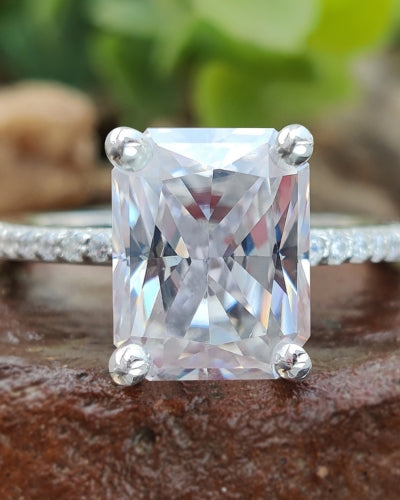
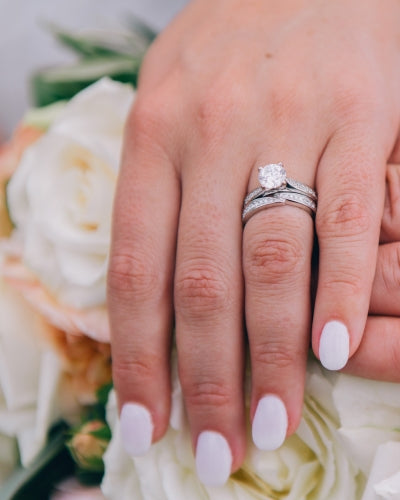
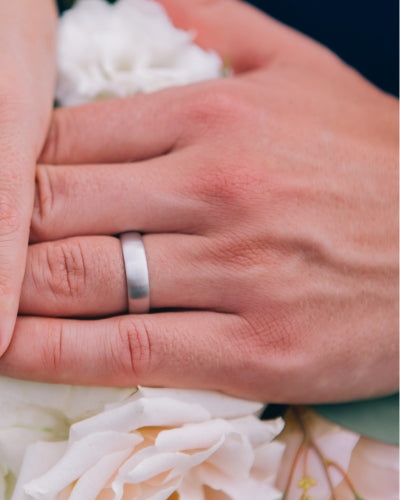
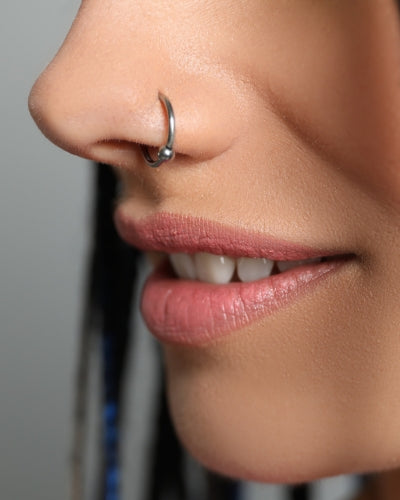
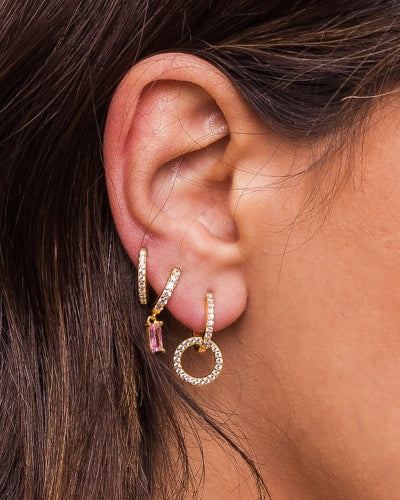

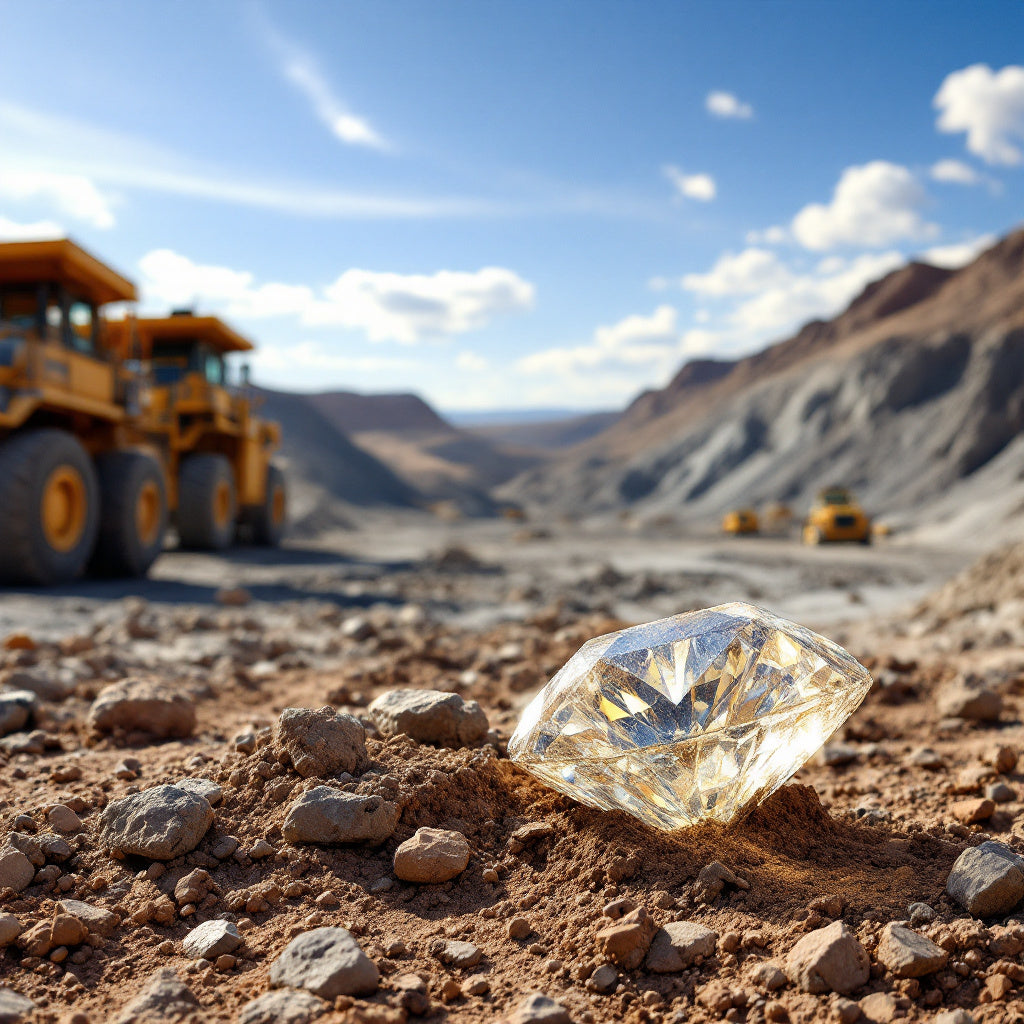
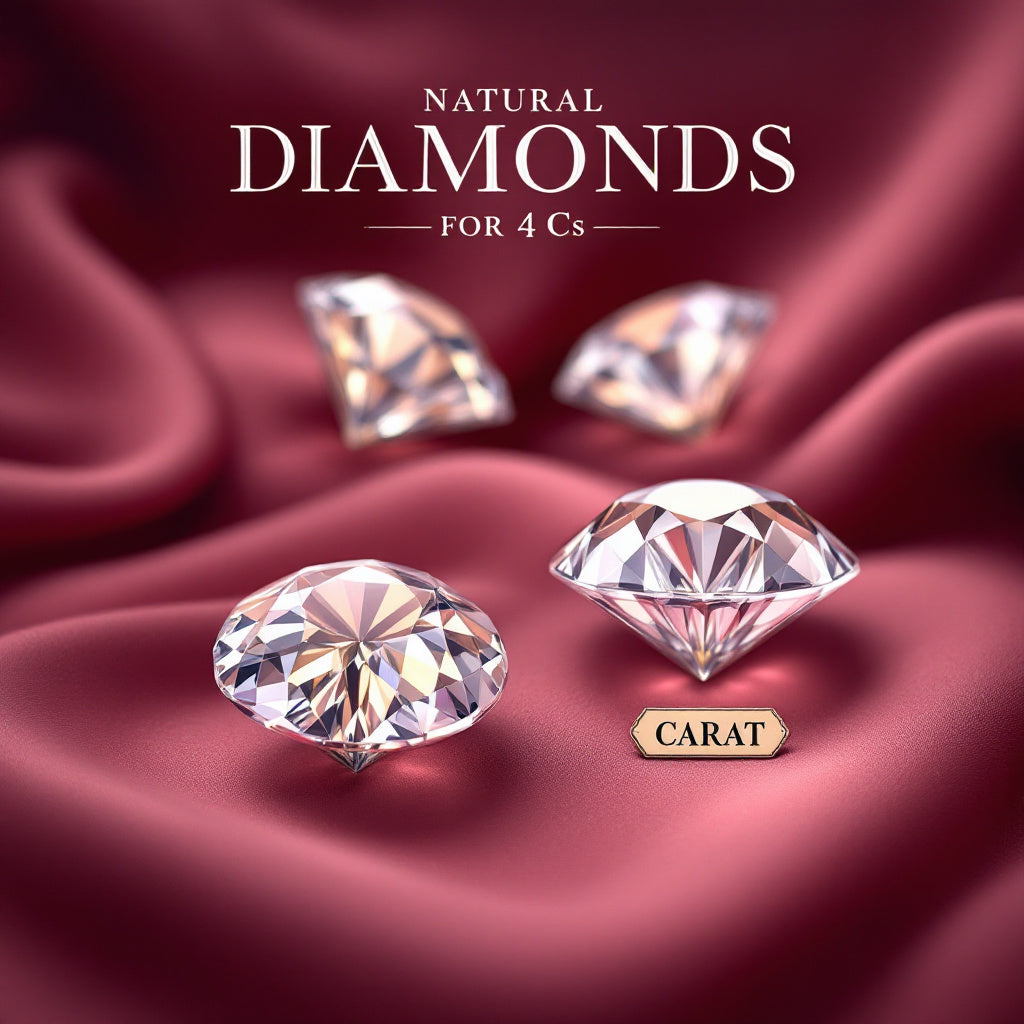
Laisser un commentaire
Ce site est protégé par hCaptcha, et la Politique de confidentialité et les Conditions de service de hCaptcha s’appliquent.